Comprehensive Report on US National Health Insurance Program
VerifiedAdded on 2022/09/02
|11
|874
|20
Report
AI Summary
This report provides an overview of the US national health insurance program, tracing its evolution and current trends. It explores the historical context, including the lack of universal healthcare access and the evolution of health insurance as a right. The report delves into Medicare and Medicaid, highlighting their roles in addressing healthcare issues and improving health conditions. It examines the rising costs of healthcare services and analyzes the pros and cons of the national health insurance system, including subsidies, preventive care, and potential limitations for those not qualifying for subsidies. The report also outlines the roles of various stakeholders, such as physicians, hospitals, insurers, and the government, in addressing healthcare costs and ensuring access to care. The conclusion emphasizes the crucial nature of health insurance in the US, the recent reforms, and the importance of affordable services for all residents.
1 out of 11

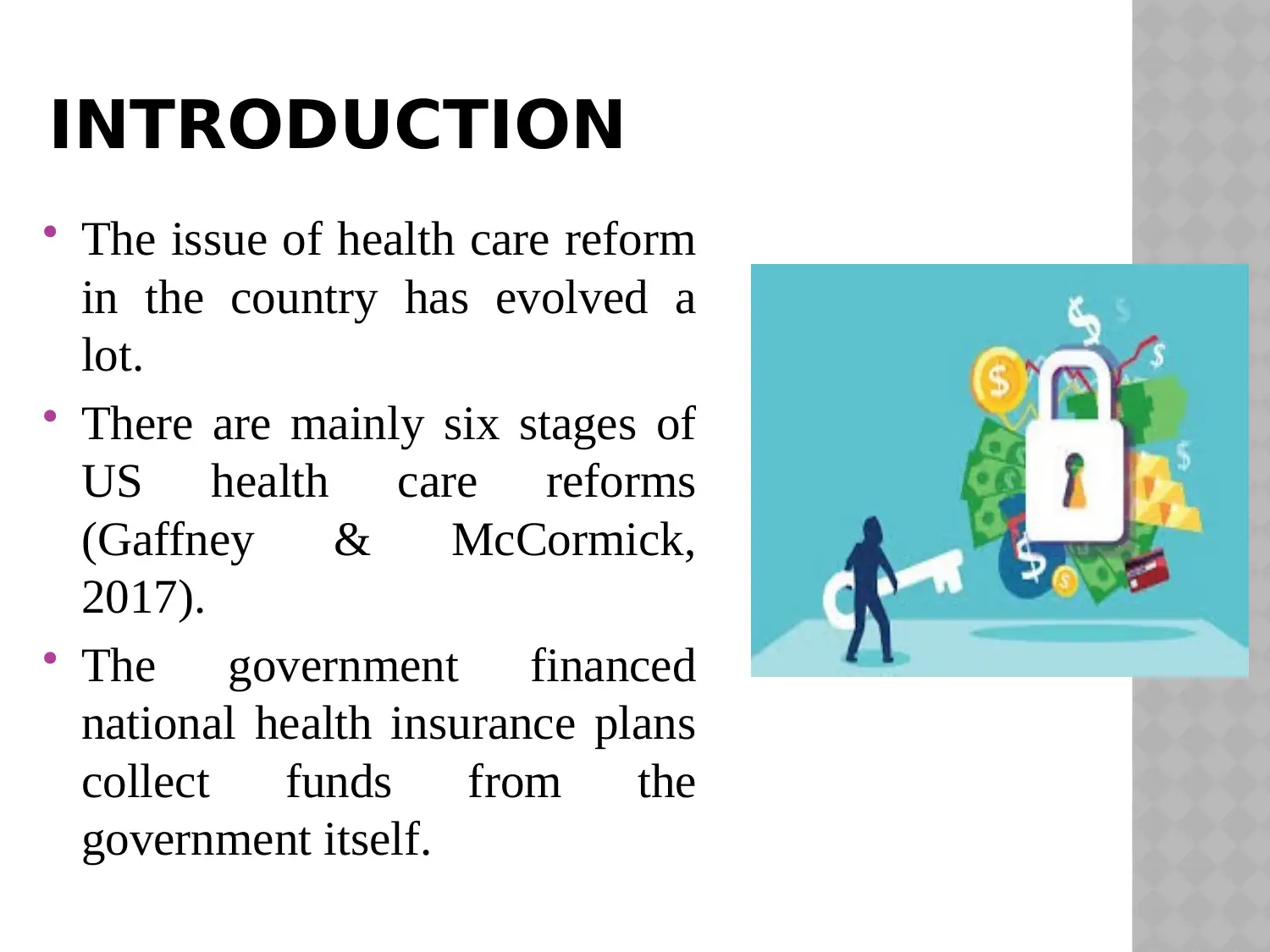
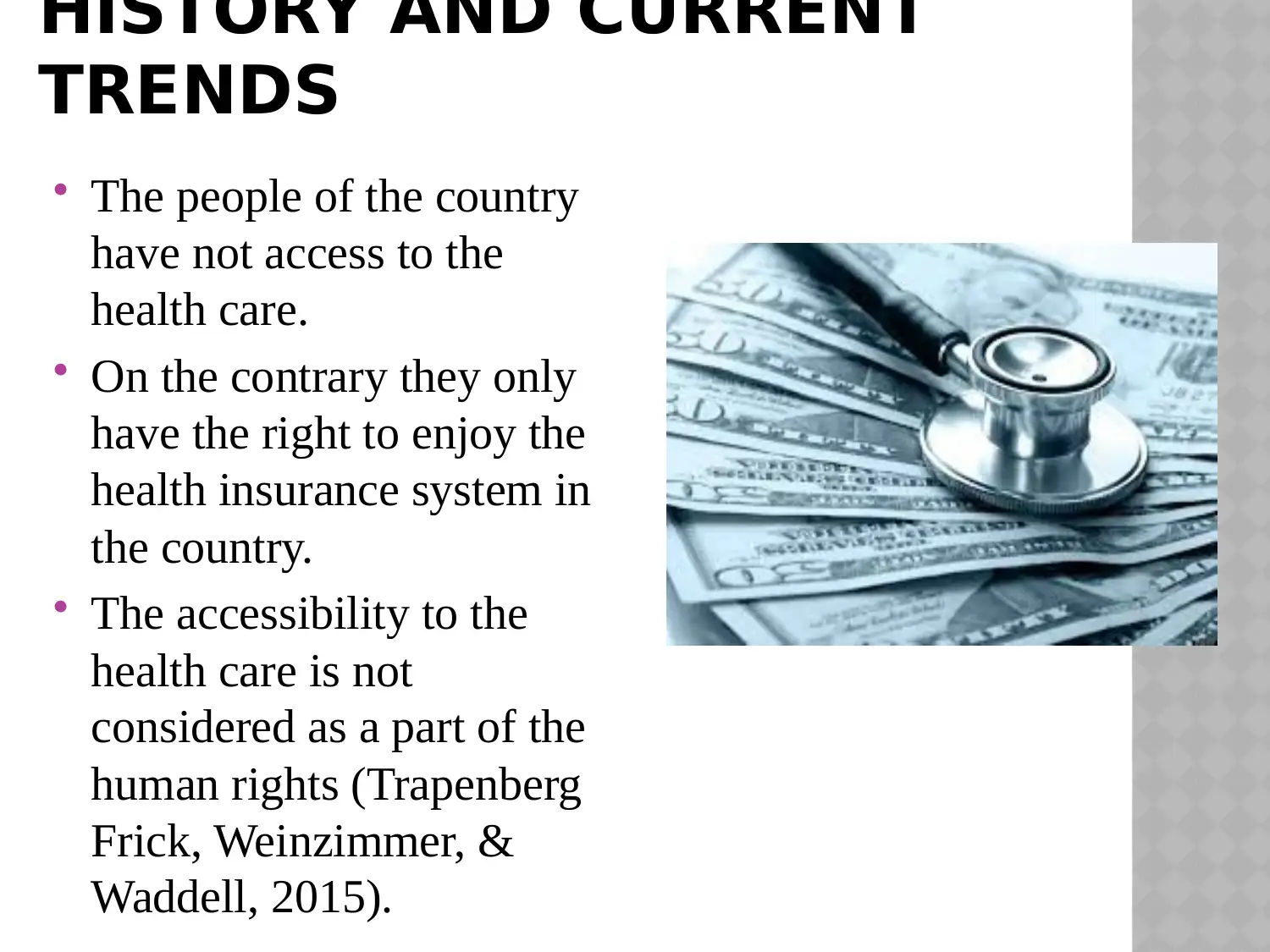

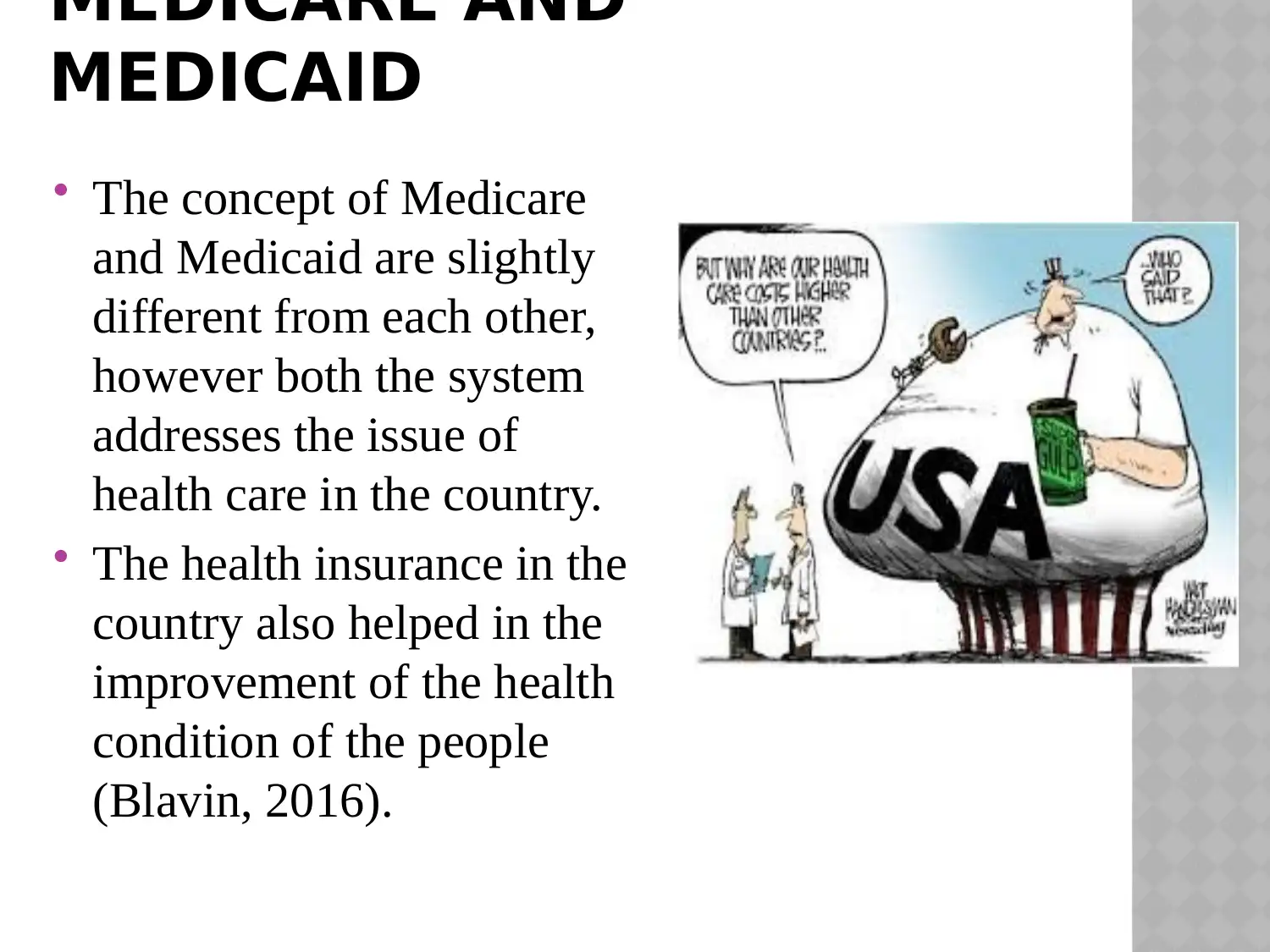
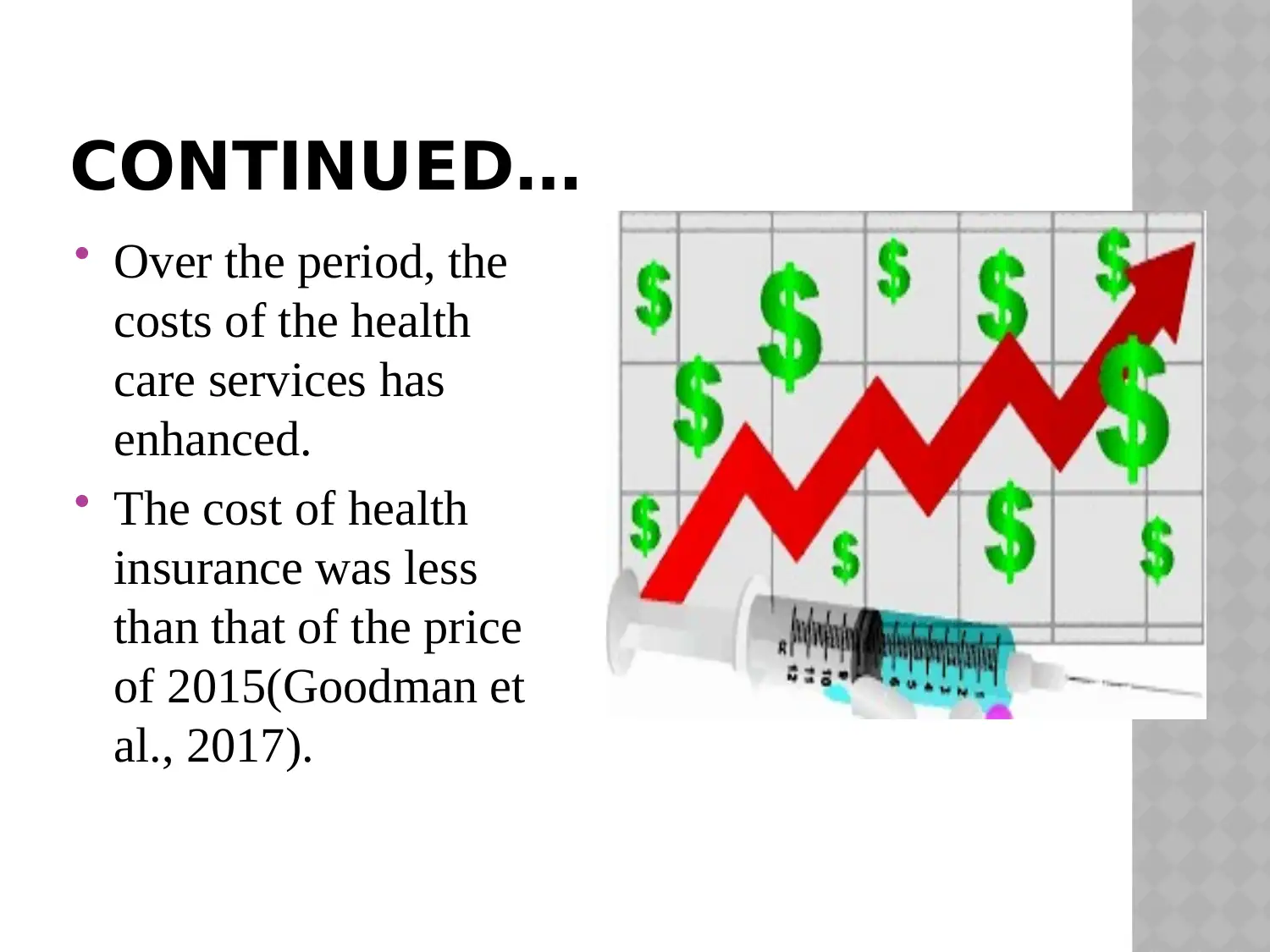

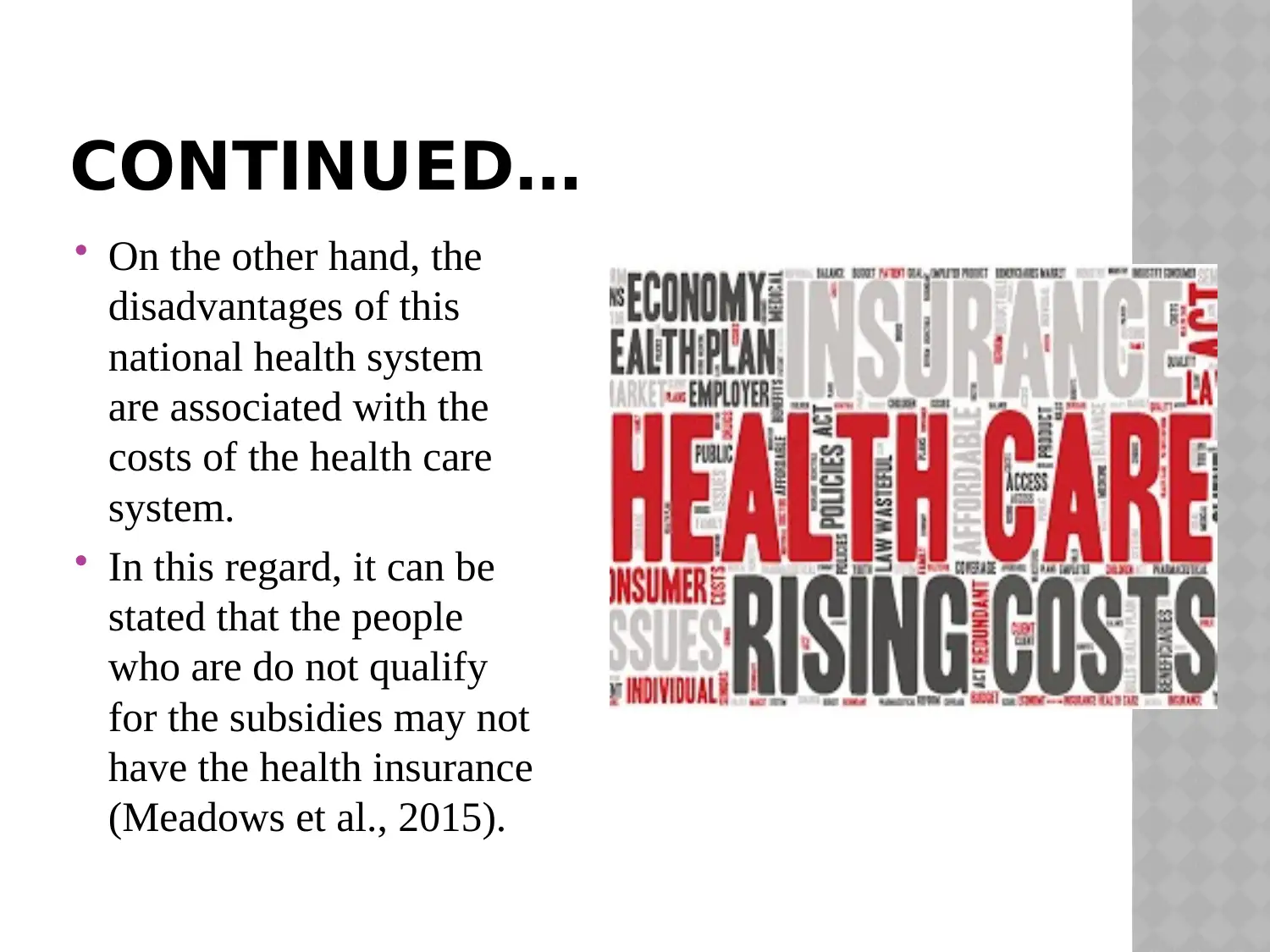
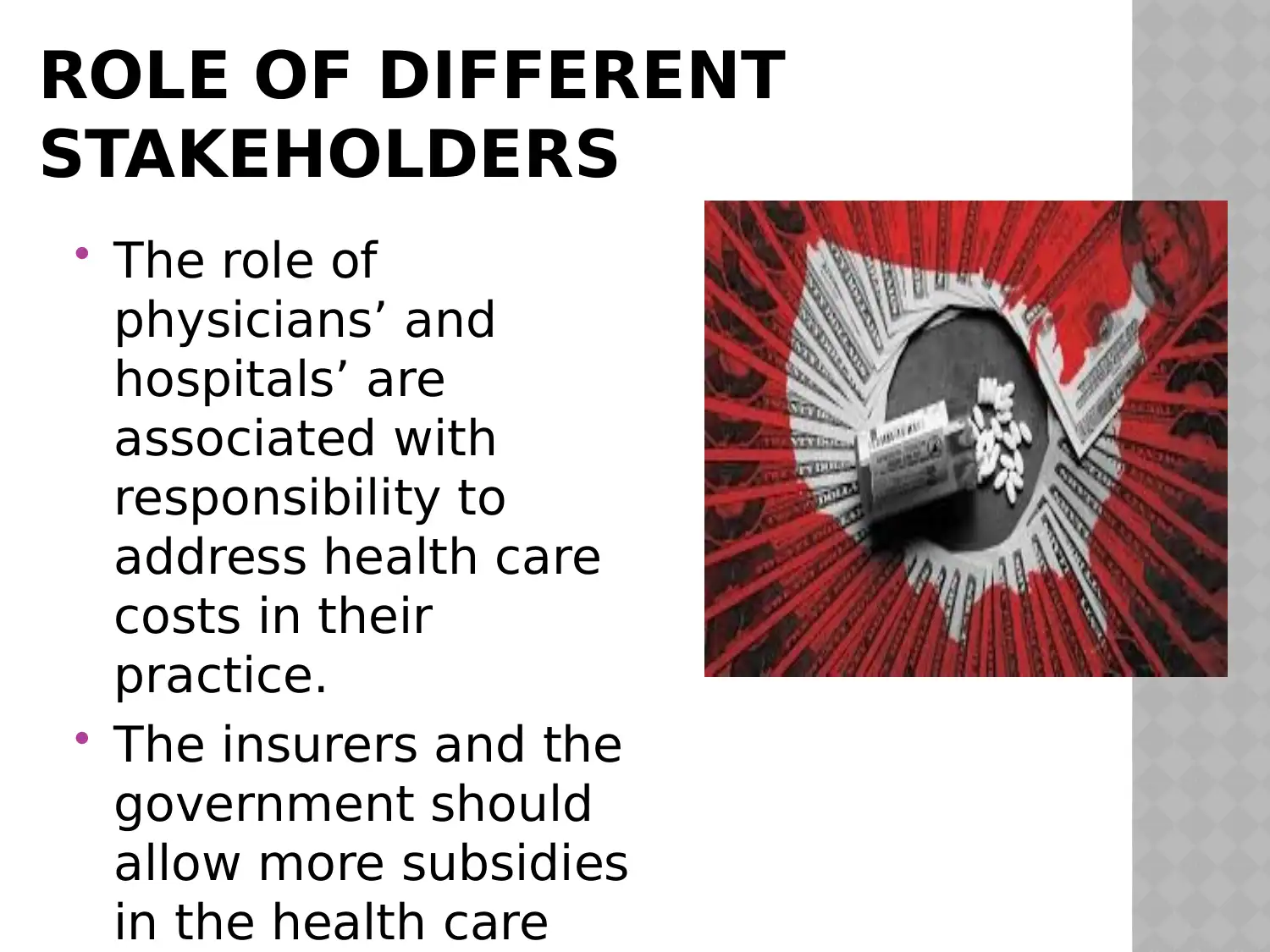
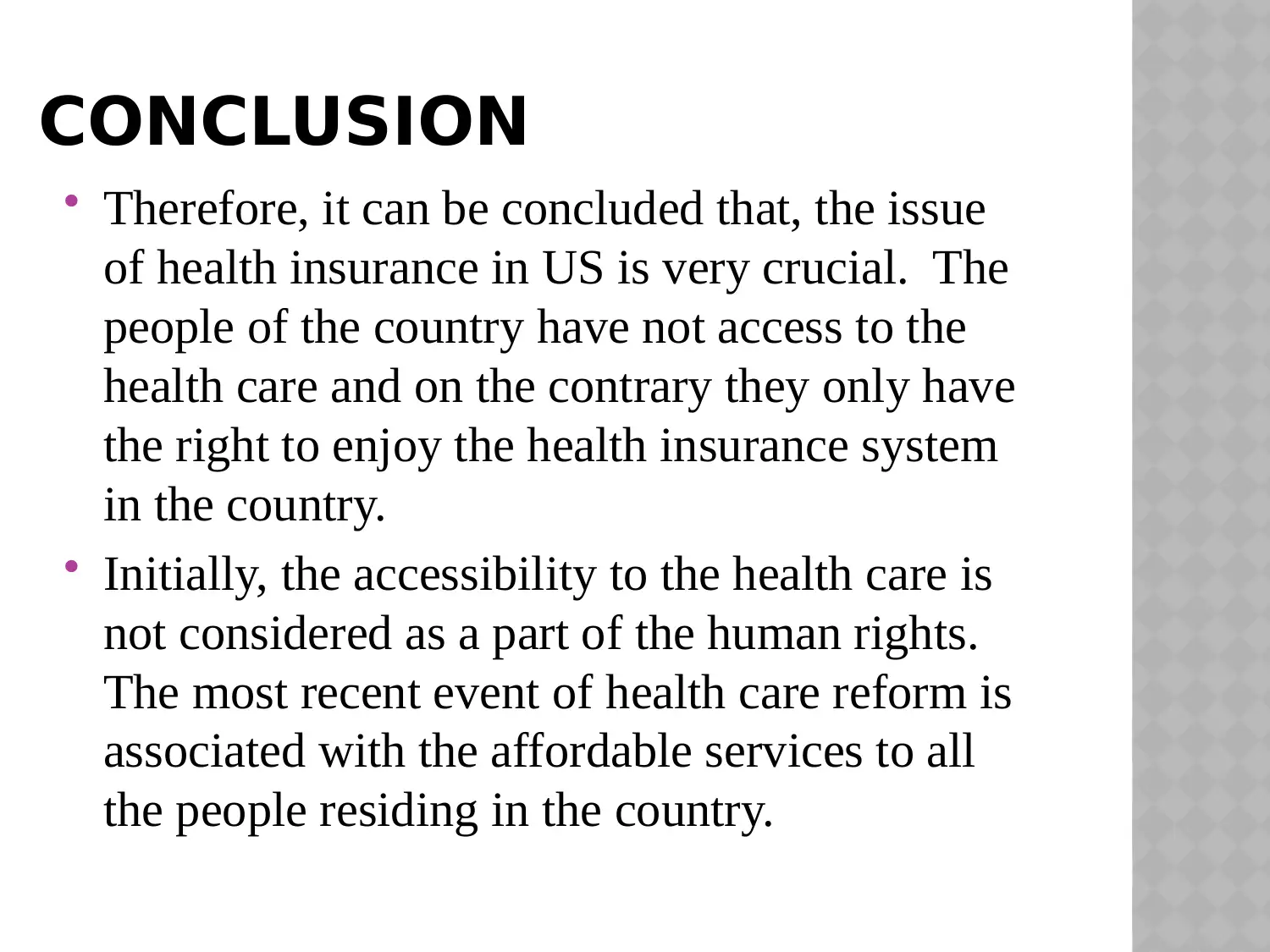
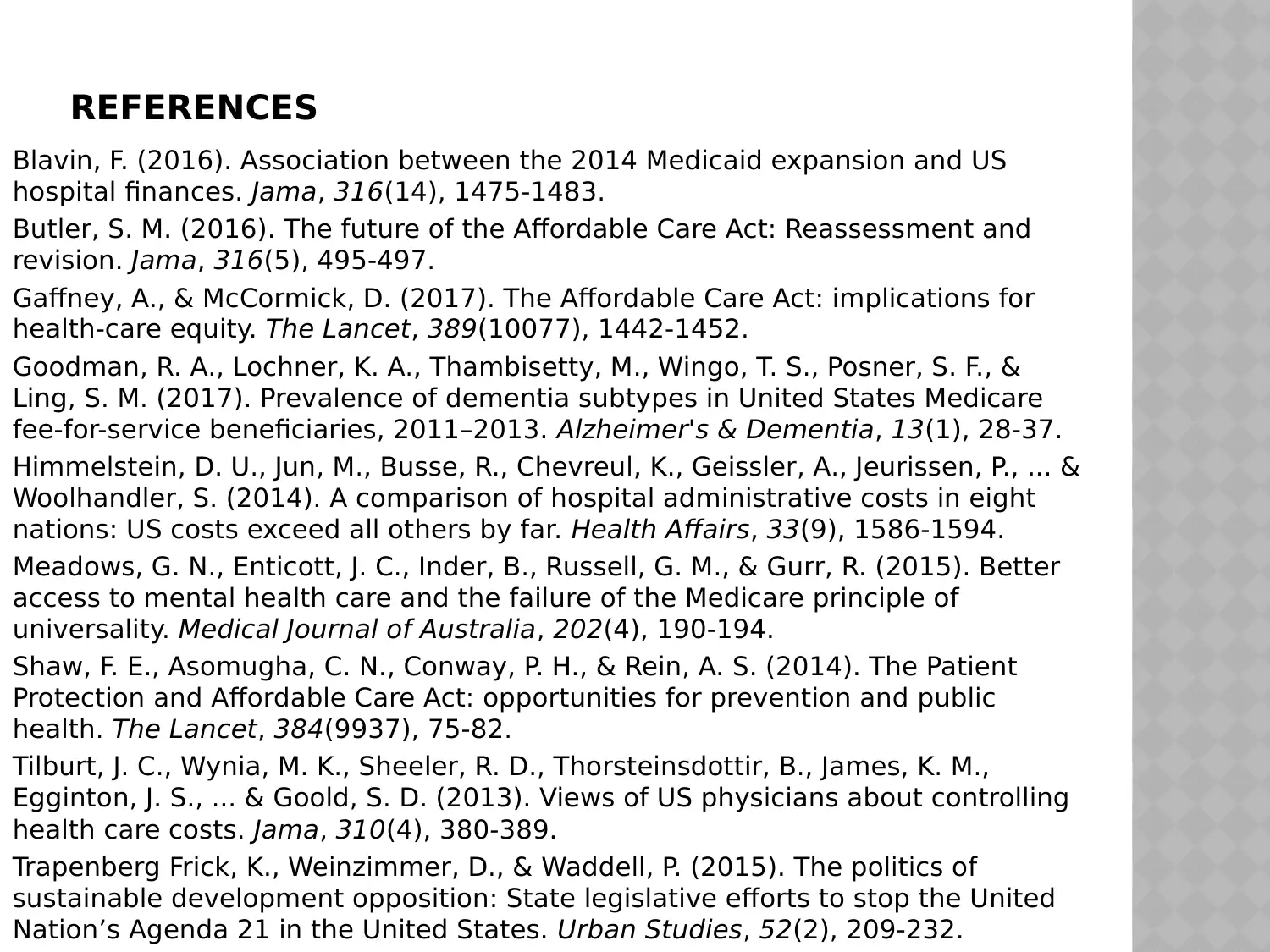






![[object Object]](/_next/static/media/star-bottom.7253800d.svg)